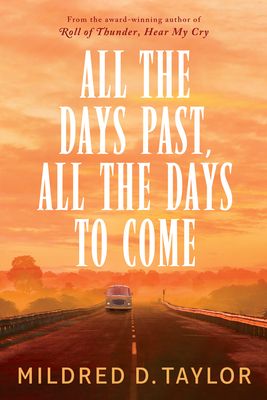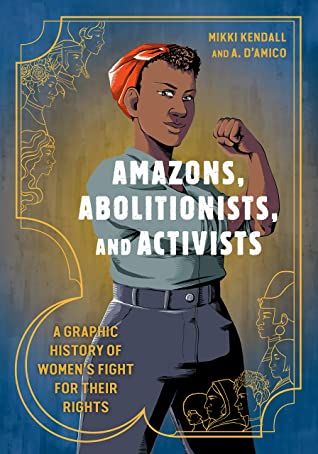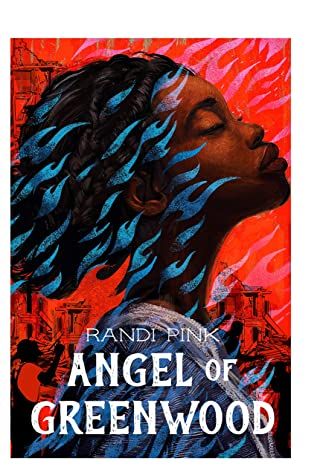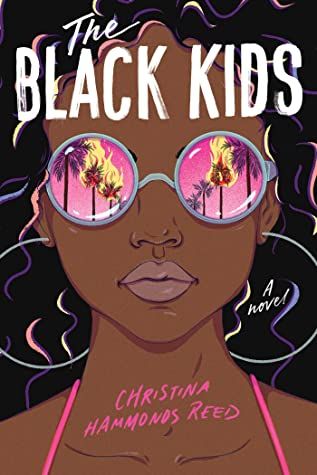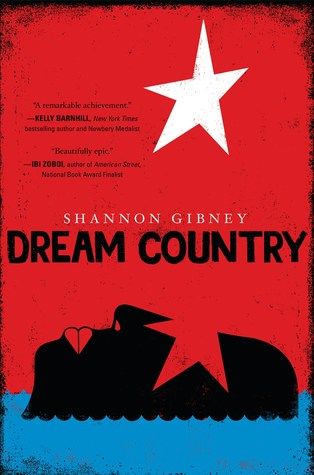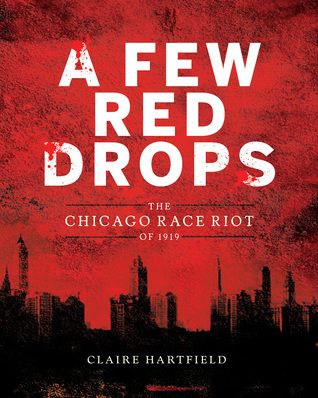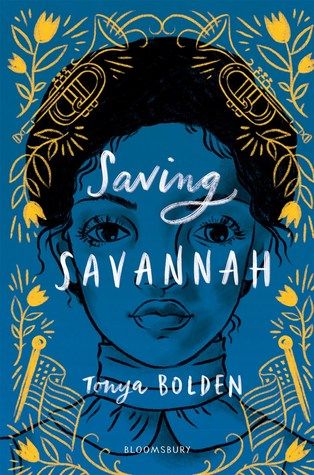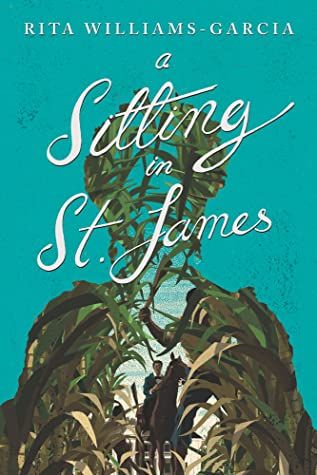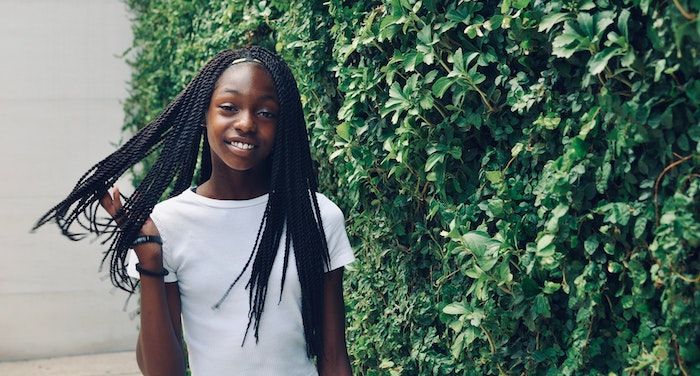
In Their Own Words: #OwnVoices Black History YA Books
Back in 2014, I pulled together a timeline of Black history YA fiction that showcased a range of stories, both those that were written by Black YA authors and those that weren’t. It’s still a super useful and fascinating list, though in the seven years since there have been so many incredible titles to hit shelves that go even deeper and wider. These #OwnVoices Black history books are must-reads for anyone who wants perspective and insight into a vital — and too often overlooked — aspect of American history.
It’s worth noting that “history” here is rooted in realism, and that “history” here also means anything that has some connection to a historical event. In other words, there are historical novels set in the 1990s because that’s history.
All of the books included are published from 2014 and forward. I encourage you to dig into the above-linked graphic for older titles. This roundup includes both fiction and nonfiction, as we’ve seen a few incredible YA nonfiction about Black history by Black authors hit shelves and we’ll be seeing more in the very near future (finally!).
#OwnVoices Black History YA Books
All The Days Past, All The Days to Come by Mildred D. Taylor
Though this is the eighth book in the Logan family saga, readers should be able to pick this one up without having read the prior titles (though if you like compelling family sagas, you should pick them all up!). Cassie Logan is a young woman looking for her place in the world, and that search takes her across the U.S. until she ultimately she settles in 1960s Mississippi. It’s here she’s able to help participate in voter registration but sees first hand some of the biggest moments of Black history: the Great Migration, the rise of the Civil Rights movement, and more.
Amazons, Abolitionists, and Activists: A Graphic History of Women’s Fight for Their Rights by Mikki Kendall and A. D’Amico
Framed as a classroom adventure-lecture in the future, the comic is an exploration of women’s rights fights from antiquity to the present, exploring rights for marginalized communities more broadly. Short profiles of leaders in various movements include well-known activists and even more lesser-known activists from across the globe and how they contributed to the fight for equality. The comic format brings the global history of feminism to life with fun, compelling, and and engaging illustrations.
Angel of Greenwood by Randi Pink
Over the next couple of years, YA readers will be able to read a number of outstanding books — fiction and nonfiction — about the Greenwood Massacre of 1921, and Pink’s novel is among the first. Two Black teens in Tulsa, Oklahoma, who are learning about and following the teachings of influential Black scholars and activists are teamed up to for a job on their teacher’s mobile library. But when a white mob destroys their community of Greenwood, their lives and the lives of their Black neighbors are forever changed.
The Black Kids by Christina Hammonds Reed
Set during the 1992 Rodney King Riots in Los Angeles, this coming-of-age story follows wealthy Black teen Ashley and her friends as they spend their summer as normally as possible. But when violence erupts in the city, Ashley soon learns she’s no longer a normal teenager. She’s a Black teenager, and with that comes harsh realities no amount of money or privilege can shield her from.
Dark Sky Rising: Reconstruction and The Dawn of Jim Crow by Henry Louis Gates Jr. with Tonya Bolden
Gates’s nonfiction work explores the realities of life during and after Reconstruction. It’s peppered with real-life accounts of life for Black Americans during the era of emancipation, civil rights, and Jim Crow.
Dream Country by Shannon Gibney
If family sagas and stories like Homegoing keep you hooked, Gibney’s novel of a family impacted by the African diaspora is a must-read. The book is told in a nonlinear fashion, as seen through the eyes of one of the contemporary members of the family. We begin in today’s Minneapolis area with a boy named Kollie, whose parents send him back to the land from where he was a refugee — Liberia. From there, we travel back to family that grew up in Liberia, then back even further to family which had been indentured servants in the U.S. prior to the Civil War; their freedom came when they left the U.S. and headed back to Liberia. We move, then, to the parents of Kollie and what they endured in Liberia. Gibney’s extraordinary research explains how when Black freed people returned to Liberia, they brought with them the same tools used against them to harm, enslave, and colonize the native Liberians.
A Few Red Drops: The Chicago Race Riot of 1919 by Claire Hartfield
Hartfield’s award-winning nonfiction book digs deep into the 1919 Chicago Race Riot, which began with a group of young Black people swimming too close to the white area of the lake and set off days of violence throughout the city. Primary sources abound in this book, along with an array of archival images and other visual matter.
Girls Like Us by Randi Pink
Set in 1972, Pink’s novel tells the story of four teen girls who find themselves in very different predicaments when each discover they’re pregnant. The four experiences weave together to tell a story of reproductive choice and the realities of teen pregnancy in the ’70s.
Inventing Victoria by Tonya Bolden
Essie’s dreams exceed her reality as a Black girl in 1880s Savannah. When Essie meets a wealthy and cultured Black woman named Dorcas, she’s offered the opportunity of a lifetime, complete with a new home in Washington, D.C., and a new name: Victoria. She’s quickly welcomed to the upper crust of DC society…but at what cost? Bolden’s recent historical YA, including the title below, highlight elite Black society in American history in ways so often not portrayed in media.
Saving Savannah by Tonya Bolden
Bolden brings readers to 1919 Washington, D.C., in this story about an upper class Black girl who wants nothing more than to make something interesting of her life.
Savannah knows she’s privileged in her wealth. But she’s worried she’ll never do something important or powerful in her life. Her brother has moved to New York City and has a photography shop, and she’s bored by her long-time friend and neighbor Yolande. When the housekeeper’s daughter steps in to clean the Riddle’s home, Savannah forms a quick bond with her, and it’s through her she finds her way to a school on the other side of town that helps less-privileged girls gain a solid education. Here she volunteers, but more, it’s here she meets someone who introduces her to the concepts of radicalism, socialism, and anarchy.
It’s 1919 and while the Great War is over, and the Spanish Influenza is waning, race riots are heating up. Savannah, now pushing herself outside her comfortable area in D.C., finds herself seeing and being too-close-for-comfort to experiences that put her life and future on the line. After one particularly close call, she expects to be reamed out by her mother and father. And it’s here when Savannah learns about the incredible young life her mother had and how, even though it doesn’t look like it, Savannah’s mother longed for — and found — a purpose and meaning to her life. This ultimately helps Savannah understand what it is she wants to do herself.
A Sitting in St. James by Rita Williams-Garcia
Set in 1860s Louisiana, Williams-Garcia’s latest novel is a story of interweaving experiences, following a white family as well as the enslaved people who work for them. It’s an epic story spanning generations of those at the Guilbert plantation, digging into life in the house and the fields, the horrors of slavery, and the bonds of the enslaved with descendants of the plantation owners.
X by Ilyasah Shabazz and Kekla Magoon
This is a fictionalized account of Malcolm X’s youth as written by his daughter. It’s told in a few different timelines, and the ways that his past informs his current situation and his future are really woven together nicely.
Perhaps the thing that makes this most stand out, aside from how historically important the story is, is that Malcolm wasn’t perfect in his youth and it comes through in the story. But it’s done in a way that would be relatable to young readers especially — people who make an impact aren’t perfect but indeed, are human and make poor choices.
Shabazz teamed up with YA author Tiffany D. Jackson for a second YA novel about Malcolm X which released this year called The Awakening of Malcolm X. It follows the experiences Malcolm had as a teenager in jail and how that helped shape his activism. It is a standalone, but would likely be read best after X.



